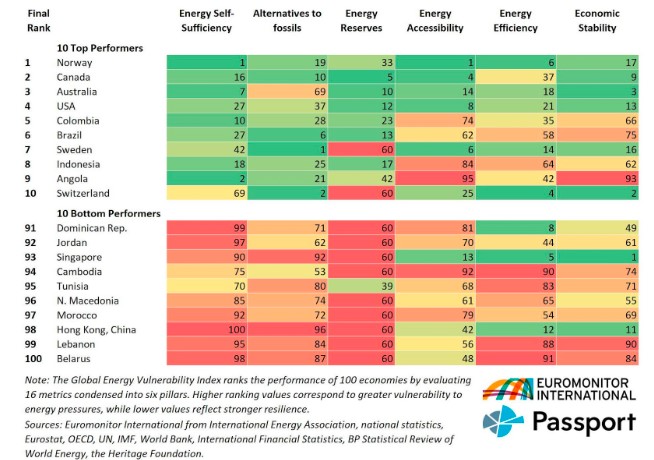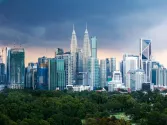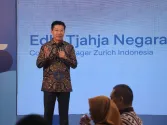Rising energy pressures: Navigating energy vulnerability in Asia Pacific
By Aleksandra SvidlerThe recent energy crisis has had an extensive impact on entire economies, revealing the vulnerability of businesses and consumers to shocks in the energy market.
Whilst the immediate turmoil has receded, global energy pressures are expected to persist due to the global rise in energy demand, geopolitical and economic risks, limited natural resources, investment gaps in traditional energy projects and infrastructure, as well as the inequitable distribution of green investments. Adding to these challenges, the increasing adoption of environmental regulations demands an accelerated shift away from fossil fuels. This compounds the existing pressures and underscores the urgency of achieving a just and sustainable global energy transition.
Historically known for their robust economic growth, many Asian economies are grappling with a complex combination of energy vulnerabilities and aspirations for a sustainable energy future amidst a rapidly evolving global energy landscape. This article delves into the energy vulnerability of select Asian countries, offering insights into the challenges they face and the opportunities they can seize to enhance their energy security.
According to the Euromonitor International’s Global Energy Vulnerability Index, Indonesia has demonstrated the highest level of energy resilience among Asia Pacific economies. The country enjoys high energy self-sufficiency from the abundant supply of fossil fuels, as well as geothermal energy and biofuels, which play an important role in Indonesia’s energy mix diversification. However, as Indonesia’s energy demand is projected to grow in tandem with its rapidly expanding population and economy, the country will likely be compelled to harness its renewable potential to ensure an affordable and sustainable energy future.
Ample domestic reserves also support the self-sufficiency of several economies in Central Asia, including Kazakhstan, Turkmenistan and Azerbaijan. However, weak energy diversification and low levels of energy efficiency undermine these nations’ long-term resilience and economic stability.

Whilst China demonstrated good overall results, ranking among the top third of index performers, the country continues to grapple with significant energy security challenges. For instance, a large proportion of energy-intensive industries, coupled with rapid urbanisation, subdue China’s efforts to improve energy efficiency. Moreover, the country showed moderate results in terms of energy diversification. Whilst China has been actively investing in renewable energy adoption, it is still heavily reliant on fossil fuels, with coal accounting for more than half of its energy supply. Given the scale of the country’s energy needs, bridging the gap between the supply of renewable energy and the rising energy demand is an ongoing challenge and effort in China.
Despite their good scores in energy efficiency and economic stability, Singapore and Hong Kong appear at the opposite end of the index, as small and resource-constrained city states rely heavily on energy imports and face limited renewable energy potential. Nevertheless, maximising the deployment of available renewable sources, such as solar, and diversifying the pool of external energy suppliers can help enhance energy security, whilst promoting energy-efficient solutions, energy conservation and modernisation of power grids can help in managing and reducing energy demand.

Meanwhile, many developing Asian economies continue to grapple with infrastructure constraints, limited access to capital and high reliance on fossil fuels. Although the region attracts the lion’s share of global green investment, there is a high disparity, with most investments concentrated in China and advanced countries. As a result, inadequate investment in innovation, coupled with surging demand for energy, poses significant challenges for developing Asian economies in reducing their dependence on fossil fuels and building up resilience to energy market shocks.
There are, however, some bright spots in the region. For example, India has ramped up its efforts in clean energy deployment and enjoyed robust investment in solar energy. Policy initiatives, such as Production-Linked Incentive (PLI) scheme, have helped to promote local production of high-efficiency solar photovoltaic modules. As a result, the total installed solar capacity in India has more than tripled over the past five years, according to the International Renewable Energy Agency (IRENA).
The dynamic region’s landscape also offers large untapped potential for corporate investment in innovative energy solutions in the long run. However, to facilitate an equitable energy transition, international cooperation is key in directing more funds to developing regions. Moreover, developing effective legislative and regulatory frameworks, fostering a supportive environment, promoting public and private cooperation, and developing of adequate energy infrastructure can help pave the way for a more sustainable and secure energy future in the region.















